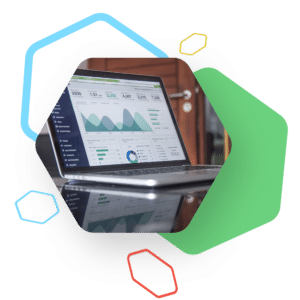I will be the first to admit that end-of-year prediction articles have never been a favorite of mine. For the most part, they tend to pontificate on technology and business processes that are so far out of scope for the average company that they become downright laughable. So in protest to what I’m sure will be a virtual tsunami of 2022 predictions, I’ve decided to combat that for everyone and talk about the reality of right now.
To start, let’s all agree that this past year has been once again anything but ordinary. And I’m not talking about the “C” word. What I mean is that business expectations and the resulting technologies that support them are growing at a rate never before seen—at least in my industry.
Firstly, video content is multiplying exponentially. Not just in ridiculous file sizes. Even the number of files is borderline overwhelming. That alone is impacting storage on a scale that leaves many organizations struggling.

Another reality: post-production environments must scale their infrastructure up and down as needed. That’s not a 2022 prediction. That’s a 2021 scenario that has resulted in the hybrid cloud being a clear winner and will continue to be for years to come. So why hybrid? Simply put, pure cloud storage is just too expensive. Offloading storage to alternate infrastructure reduces costs, allows for access to backups, promotes fantastic business continuity practices, enables remote editing, and leaves the business in control of its destiny.
One of the most significant inroads we are witnessing is the injection of AI and machine learning into post-production environments. Again, not a 2022 prediction–just the technological freight train created in 2021 with no signs of slowing down.
Of course, the surface benefits are typical. AI delivers the ability for users to automate tasks that traditionally have been highly repetitive. For instance, tasks such as closed-captioning, tagging metadata, and more become simplified. Better yet, AI and machine learning are now making it far easier for post-production professionals to manage projects through advanced facial recognition, voice recognition, and even change footage to remove or add objects. Yes, we all now live in the future.
And lastly, there is the infrastructure that truly supports all of this. As a company that so many post-production organizations rely on, we see their storage option requirements rapidly change. Prosumer equipment is not worth the money, and trying to manage workflows through gear bought on Amazon will only cripple those that choose that path.
Now, post-production houses must choose professional-level or enterprise-level storage based on the complexity of workflows and requirements—for now and in the future. For all that I have covered in this article—analytics, hybrid cloud, AI, and machine learning—all of these are interdependent on the proper infrastructure for the job. And if you’re not clear on what you may or may not need, you can read our Guide to Professional & Enterprise Storage here. Hopefully, that will alleviate the stress of 2022, if only helping make a few of the hundreds of choices you will face in the months to come.
So there you have it. There are no predictions, just the reality of an ever-evolving ecosystem that all post-production professionals must confront.
And with that, I wish everyone a safe and highly prosperous New Year—one where all your post-production wishes come true.
Happy holidays everyone!

